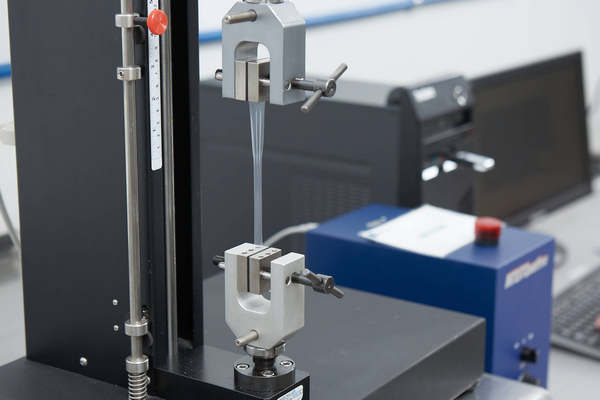- Qinsun Instruments Co., Ltd.
- Tell:+86-21-6780 0179
- Phone:+86-17740808215
- Address:No. 2578 Minhang District Gu Dai Road, Shanghai
- Contact:Mr. Li
- QQ:846490659
Common problems with chromatography in experiments

1. Chromatographic analysis method:
Chromatography is a separation and analysis method that utilizes the different forces between each component in the sample and the mobile and stationary phases (differences in adsorption, distribution, exchange performance, etc.) to first separate them, and then detect each component and its content in a certain order.
2. Separation principle of chromatography:
When the mixture flows through the chromatographic column with the mobile phase, it will interact with the stationary phase in the column (dissolution, adsorption, etc.). Due to the differences in the physical and chemical properties and structure of each component in the mixture, the magnitude and strength of the interaction with the stationary phase are different. Under the same driving force, the retention time of each component in the stationary phase is different, causing each component in the mixture to flow out of the column in a certain order. This technique of separating each component in a mixture by utilizing the difference in neutral energy between the two phases is called chromatography.
3. Mobile phase
A substance that carries components forward during chromatographic separation.
4. Fixed phase
Solid with adsorption activity that does not move during chromatographic separation or liquid coated on the surface of the carrier.
5. Characteristics of chromatography:
(1) High separation efficiency: complex mixtures, organic homologs, isomers.
(2) High sensitivity: can detect μ The material mass of g · g-1 (10-6) level or even ng · g-1 (10-9) level.
(3) Fast analysis speed: Generally, the analysis of a sample can be completed within a few minutes or tens of minutes.
(4) Wide application range: Gas chromatography: analysis of various organic or inorganic samples with boiling points below 400 ℃. Liquid chromatography: separation and analysis of high boiling point, thermal instability, and biological samples.
(5) High selectivity: Strong separation ability for components with extremely similar properties. Shortcomings: Qualitative analysis of the separated components is relatively difficult.
6. Classification of chromatographic analysis methods:
Classify according to two-phase state, operational form, and separation principle.
7. Classification by two-phase state:
Gas chromatography (GC);
Liquid chromatography (LC);
Supercritical Fluid Chromatography (SFC).
Gas chromatography: The mobile phase is gas (referred to as carrier gas), and commonly used mobile phases in gas chromatography include gases such as N2, H2, He, etc;
According to different separation columns, it can be divided into packed column chromatography and capillary column chromatography;
According to the different stationary phases, it can be further divided into gas-solid chromatography and gas-liquid chromatography;
Liquid chromatography: The mobile phase is liquid (also known as eluent);
Classified by different stationary phases: liquid-solid chromatography and liquid-liquid chromatography;





